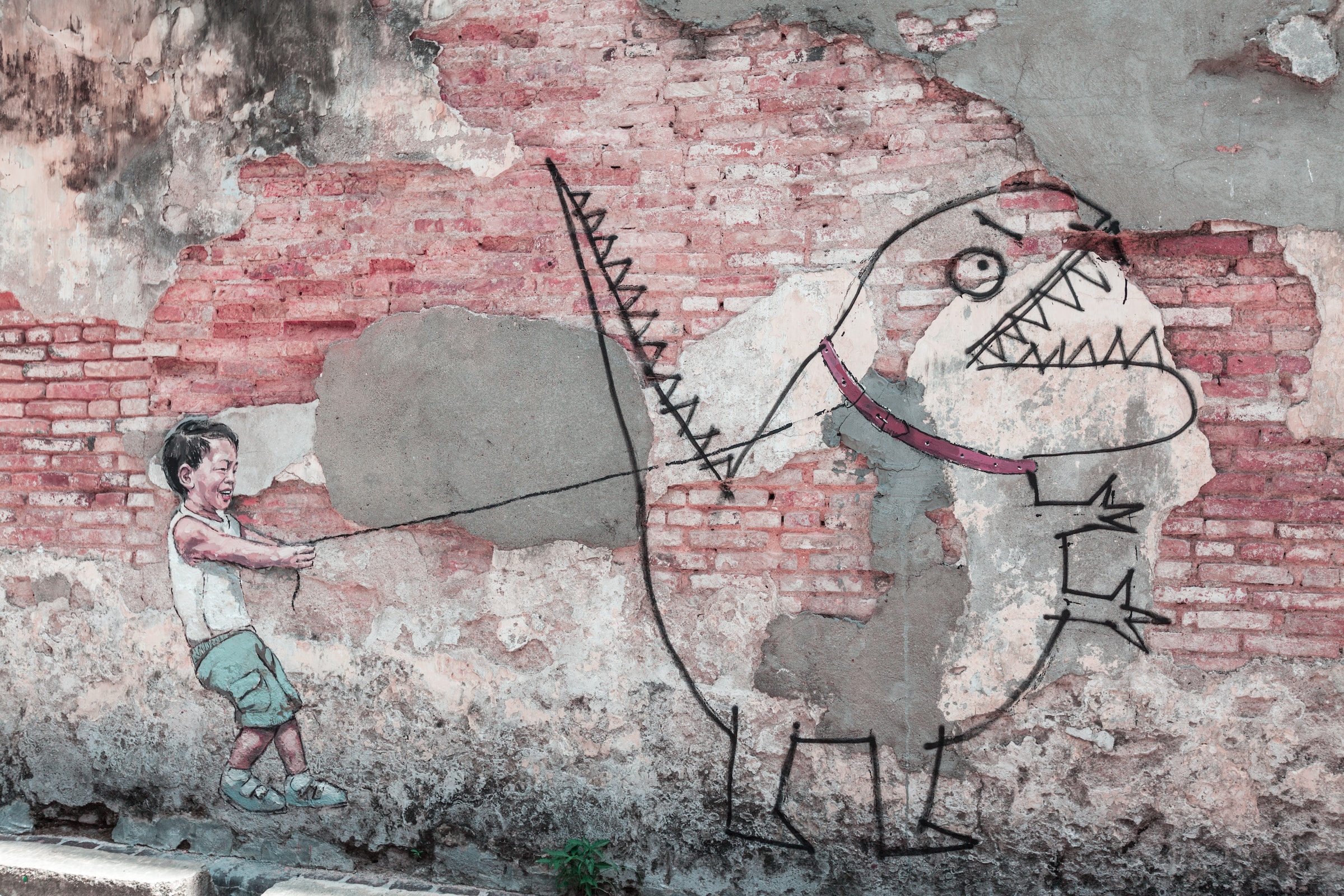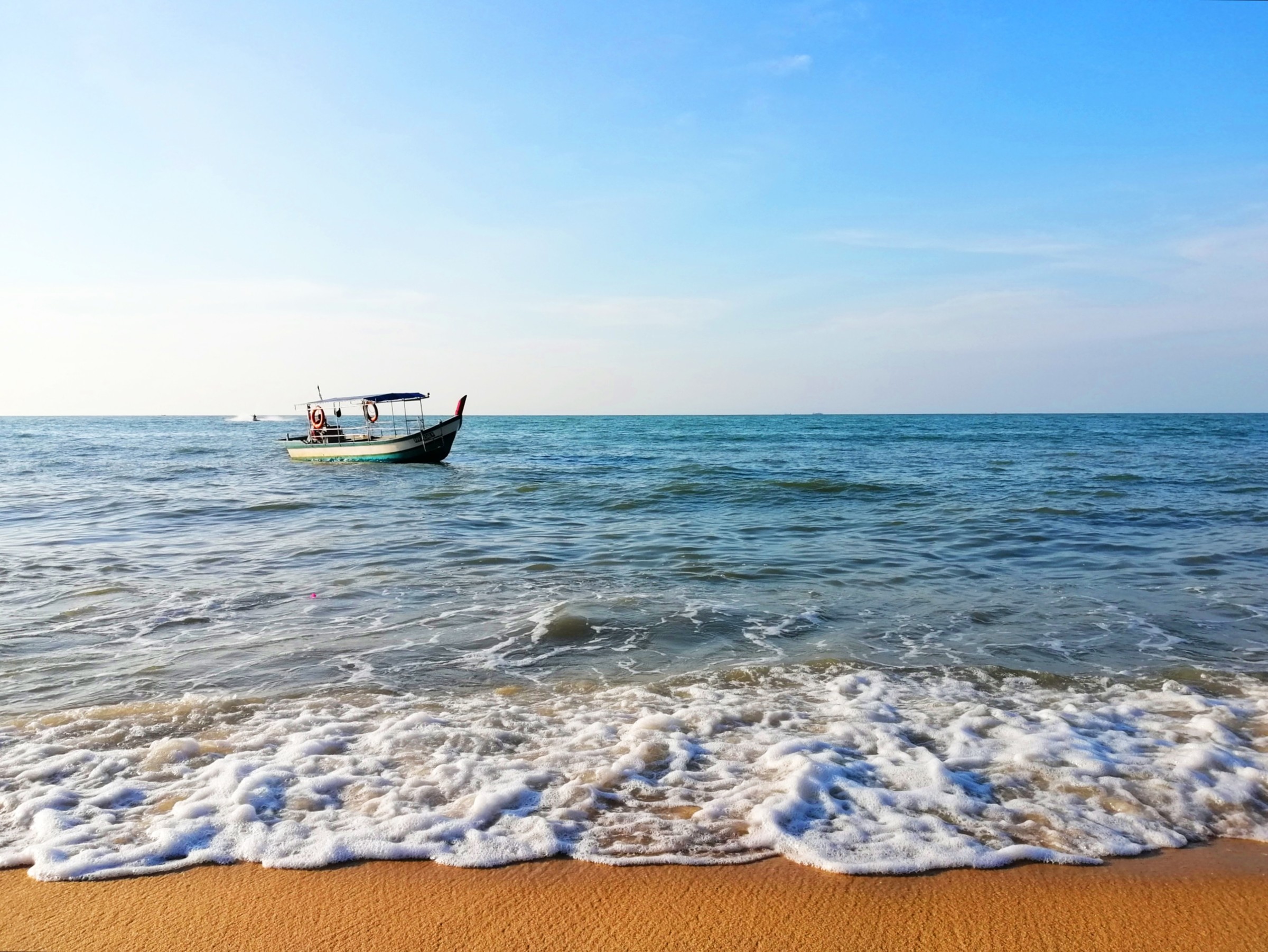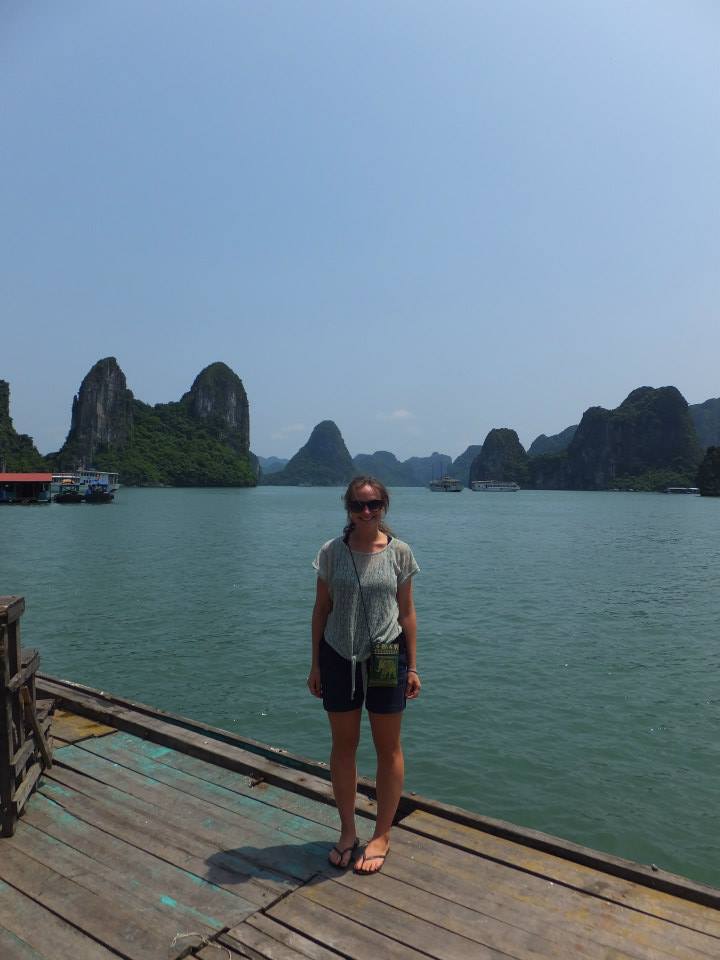Where to find the best street art in Malaysia

There are lots of reasons to visit Malaysia. There are the beaches, the jungles, the incredible food. The mix of cultures. The big, shiny cities and the colonial-era towns. And of course, there’s the street art.
Graffiti? In Malaysia?
The very idea that graffiti could be one of Malaysia’s big attractions would have been laughable 20 years ago. Malaysia has some of the strictest laws in Southeast Asia, and it enforces them. Back then, graffiti wasn’t considered art, but vandalism, and vandals faced harsh punishment.
But in the age of Instagram, graffiti (rebranded as “street art”) has become a big tourism draw — and this hasn’t been lost on the Malaysian government.
In December 2010, Kuala Lumpur town hall introduced the KUL Sign Festival, which gave graffiti artists somewhere to show their work legally for the first time. The National Visual Arts Gallery funded a book celebrating the street art of the capital, Graffiti KL, which further bolstered the image of this underground art movement. Then, in 2012, the Lithuanian artist Ernest Zacharevic (“Zach”) was commissioned to paint his now-famous series of murals in George Town, Penang.
Graffiti was going mainstream, and artists who had previously daubed their works under cover of darkness were suddenly being celebrated for brightening up their neighbourhoods.
Momentum continued to grow, and today there's a small but truly vibrant graffiti scene. Street art in Malaysia is a genuine draw for travellers, who flock to the hotspots in droves. Several big-name artists are now able to make a living painting commissions, and their success has inspired amateurs to take up the paintbrush (or spray can) and add colour to their own local areas.
Is street art controversial?
Any countercultural movement that manages to win public acclaim has to grapple with its own success. On the one hand, the opportunity to be paid instead of arrested for doing something you love is a great thing. On the other, have you sold out?
In Malaysia, this conflict is heightened for several reasons. For a start, making provocative art — and graffiti is traditionally nothing if not provocative — is much riskier when your government ranks among the strictest in the developed world. Historic tensions between the majority Malay and minority Chinese and South Asian communities just add another layer to the tinderbox.
What’s more, now that the authorities view graffiti as an opportunity to boost tourism, they have a keen eye on what goes up in their cities. Works that they don’t consider appropriate are swiftly removed and might even put their artists in danger. (Just take the artist who published a cartoon criticising a Chief Minister, or the activist who mocked the Malaysian queen via a Spotify playlist. Both faced prosecution in 2021).
The example often cited is a mural painted by golden child Zacharevic in Johor Bahru, home of Malaysian Legoland. The mural showed a Lego woman carrying a designer handbag, with a Lego assailant hiding around the corner waiting to mug her. The work was meant to be a commentary on the high crime rates in Johor Bahru, but this wasn’t what the town authorities wanted to see, so it was swiftly whitewashed. In such a sensitive environment, it’s no wonder that few street artists are prepared to rock the boat.
Despite the challenges, street art is flourishing in Malaysia. Artists might have to be more careful than in more permissive countries, but that doesn’t mean it’s not an exciting, evolving scene, and there’s a huge amount to see. Here’s where to see it.
Kuala Lumpur
In Kuala Lumpur, the street art scene revolves around District Shop & Gallery, which was started back in 2003 by the artist Phobia (AKA Dmojo). The big names in KL’s graffiti world can often be found hanging out here, where their artworks are for sale alongside cans of spray paint.
Out on the streets, most of KL’s street art is concentrated in a few trendy areas like Bukit Bintang and Bangsar. Most of the works you’ll see here are “burners”: big, colourful, complicated works with popular appeal, which take a lot of time and effort to complete.
(An aside: the graffiti world is bursting with slang. “Burners” are so-called because they “burn” on the wall. If they survive without removal they’re “still burning”. “Tags” are stylized signatures, and “throwies” are quick, two-colour works designed to be “thrown up” quickly. Tags and throwies are rare in these busy, fashionable districts of Old KL.)
There are far too many individual artworks in KL to list here, but keep an eye out for the Kwai Chai Hong murals depicting Chinatown from the 1960s, the famous Birds on Lorong Panggung, and the giant Goldsmith on Jalan Panggung. “Funkdamental” on Petaling Street is a great example of work by the popular artist Katun, while the giant “Sampan Boy” on Jalan Gereja is another famous Ernest Zacharevic number (interestingly, it was commissioned to help sell insurance to rural communities).
If you have the time, there are pockets of street art in the outskirts, too. Laman Seni 7 is a good example, where you’ll find an entire alley designated a street art canvas by the local city council. Start exploring and there’s no knowing what you’ll discover.
George Town, Penang
In George Town, you can barely move for street art. Zacharevic’s 2012 series of murals — often incorporating 3D elements like motorbikes, swings and bicycles — are now so famous that you’ll probably have to join a queue if you want a photo op. Also popular are the 12 cat-themed murals commissioned to support a project for rehoming stray kittens.
Keep an eye out, too, for caricatures which look like scribbles but turn out on closer inspection to be made out of wrought-iron bars. There are 52 of these around town, commissioned by the state government from the studio SCULPTUREARTWORK to mark George Town’s World Heritage Status. Each sculpture is accompanied by text explaining an interesting piece of local history.
Beyond these three series, there are countless more murals and artworks to be discovered. The town authority has produced a street-art sightseeing map for tourists, but it focuses mainly on the Zacharevic works. You don’t really need it anyway: the old town is so packed with art you can just wander about and find gems around every corner.
Ipoh
Inspired by George Town’s success, Ipoh’s Oldtown White Coffee company commissioned Zacharevic to paint a series of seven murals in 2014. Not long after, a local artist and teacher, Eric Lai, filled an entire street with murals depicting scenes from Malaysian life.
Since then, more works have popped up around Ipoh, and you can follow a mural art trail much like in George Town. A lot of these centre around coffee (one of the town’s specialities), but you’ll also see a hummingbird, a giant paper plane, scenes of Ipoh’s tin mining past, a tree laden with fruit, and a giant car pile-up (a commentary on parking).
Again, like George Town, you don’t really need a map. Just wander the old town and you’ll cover most of the best pieces without even trying — and there are far fewer tourists here to jostle with for that selfie.
Our Experiential Malaysia itinerary includes stays in Kuala Lumpur, Malacca, Ipoh and Penang — all of which are packed with awesome street art. If you’re interested in exploring Malaysia’s graffiti scene, it’s a great place to start.



